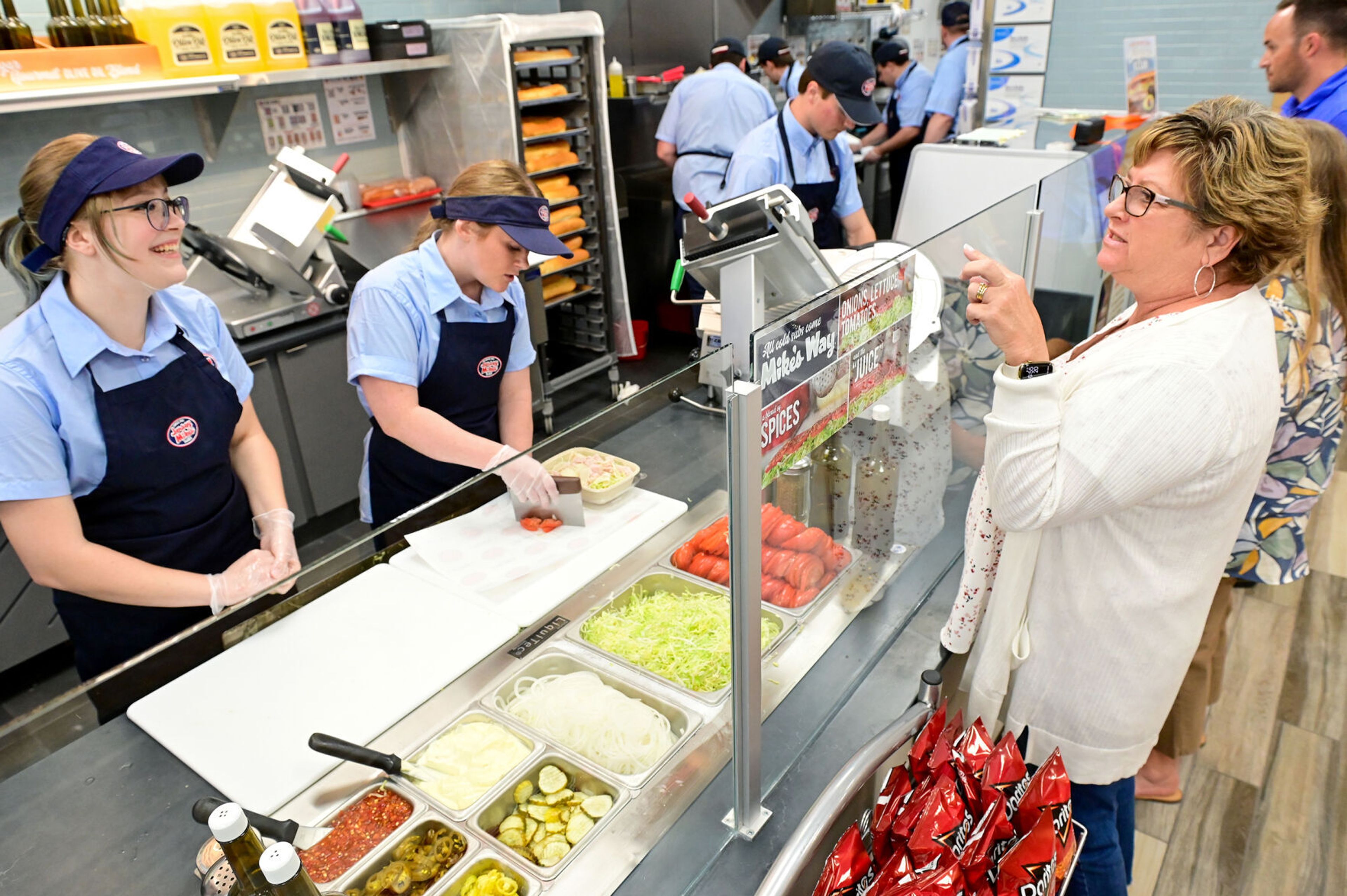Fire season not looking good for Idaho
Low snowpack and worsening drought conditions are putting the West at risk for another extreme fire year, setting the region up to continue its cycle of dry summers and disastrous wildfire danger, experts say.
Moji Sadegh, an assistant professor of civil engineering at Boise State University, coauthored an article published in The Conversation last week that predicted a dangerous wildfire season as well as a water crisis in the Western U.S.
Last year, Idaho was spared the historic wildfires that destroyed towns and killed people in California, Oregon and Washington. It was a lucky break in a dry year, Sadegh said. The previous three years were fairly wet, meaning Idaho’s fuel load has been growing. That, coupled with the growing dry conditions in the state, could prove bad for this year’s season, he said.
In a phone interview, Sadegh said recent research shows how drought conditions can create a vicious cycle.
“If the soil is dry, there’s going to be less moisture for evaporation, meaning sunlight turns into heat,” Sadegh explained. “The air becomes warmer (leading to) more evaporation and even drier soil.”
Typically, Sadegh said, drought would be caused by a lack of precipitation over time. But climate change has made “flash droughts” — ones that develop in a matter of weeks — much more common. They’re also spreading across the region, and Idaho could bear the brunt of that phenomenon.
“When you’re downwind — which we are — from a lot of the places that are in really bad droughts, then that air that became warm and dry comes to our region, sucks up all the soil moisture and dries our region too,” he said.
According to the U.S. Drought Monitor, Sadegh and his coauthors wrote, about 84 percent of the West is experiencing some form of drought. Nearly half of Idaho has some level of drought, according to a May 1 report from the Natural Resources Conservation Service. California, Nevada, Utah and Oregon are experiencing some level of drought across the entirety of the states.
While Idaho appears to be faring better than many Western states, thanks to a mild winter and warm spring, the level of drought is accelerating rapidly as already-meager snowpack melts early. Closest to the Treasure Valley, this year’s snowpack was middling. But in other parts of southern Idaho — like the Wood River Valley — snowpack hit dangerously low levels, as minuscule as 5 percent of the average.
The drought monitor shows that at the end of March, Idaho’s panhandle had no drought, while the southern part of the state was considered abnormally dry. A small area around the Wood River Valley showed extreme drought. By May 11, abnormally dry and moderate drought conditions covered most of the state.
“Idaho experienced the third-driest March and April since 1895,” said Erin Whorton, a water supply specialist with National Resources Conservation Service’s Idaho Snow Survey.
The U.S. Drought Monitor shows most of Idaho was experiencing some level of drought as of May 11.
Researchers also pointed out another potential drought issue in their article: human water consumption.
“More people are moving into the U.S. West, increasing demand for water and irrigated farmland,” they wrote in The Conversation.
Sadegh said Idaho is faring better than most states in that regard. It has better managed its groundwater resources, and despite rapid growth in the state, Idaho still has a relatively low population compared to the rest of the West.
Still, it’s a problem to be aware of for the future.
“A lot of our agriculture lands are turning into urban footprint. At some point, we’re going to face the same issues that California is facing, that Oregon is facing,” Sadegh said.
Whorton said farmers and ranchers who rely on irrigation water are already seeing shortages, and those are expected to continue or worsen as the summer goes on. She also said recreation could be impacted by the drought.
“Some rivers that are reservoir-controlled will have good flow through the rafting season but others that are more of a natural flow might drop to levels that are too low (for rafting),” Whorton said.
(TNS)







